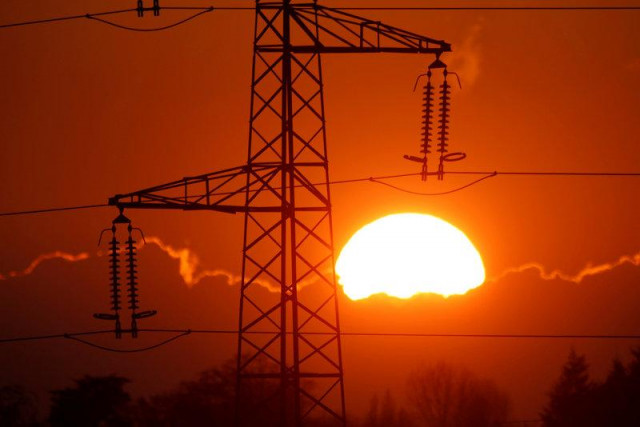NTDC energises first HVAC transmission line
Govt plans about 4,000MW power plants in country’s south

PHOTO: REUTERS
An NTDC spokesman said for this purpose about 3km-long 500-kilovolt AC transmission line - 500kv double-circuit transmission line on quad-bundled drake conductor, for looping in and out of the second circuit of 500kv Lahore new (south) grid station to Sheikhupura transmission line at Balloki Lahore HVDC converter station - has been completed and energised.
The spokesman stated that the government of Pakistan had planned installation of about 4,000-megawatt power plants including imported coal-based power plants at Bin Qasim, Hub and Thar coal-based power plants in Thar in the southern part of the country. These power plants will be connected with the 500kv Matiari switching station through the 500kv HVAC transmission lines.
Furthermore, an 890km-long +660kv HVDC transmission line from Matiari to Lahore along with converter stations at both ends will be constructed by an independent transmission company on build, own, operate and transfer (BOOT) basis for the transfer of bulk power from Matiari to the upcountry load centres.
The spokesman added that the purpose of HVAC transmission lines was reliable transmission of power from the south to mid-country load centres via HVDC bipoles.
NTDC Managing Director Engineer Dr Khawaja Riffat Hassan appreciated efforts of the NTDC team for timely completion of the project despite the Covid-19 pandemic and the lockdown in the country.
Published in The Express Tribune, May 15th, 2020.
Like Business on Facebook, follow @TribuneBiz on Twitter to stay informed and join in the conversation.



















COMMENTS
Comments are moderated and generally will be posted if they are on-topic and not abusive.
For more information, please see our Comments FAQ